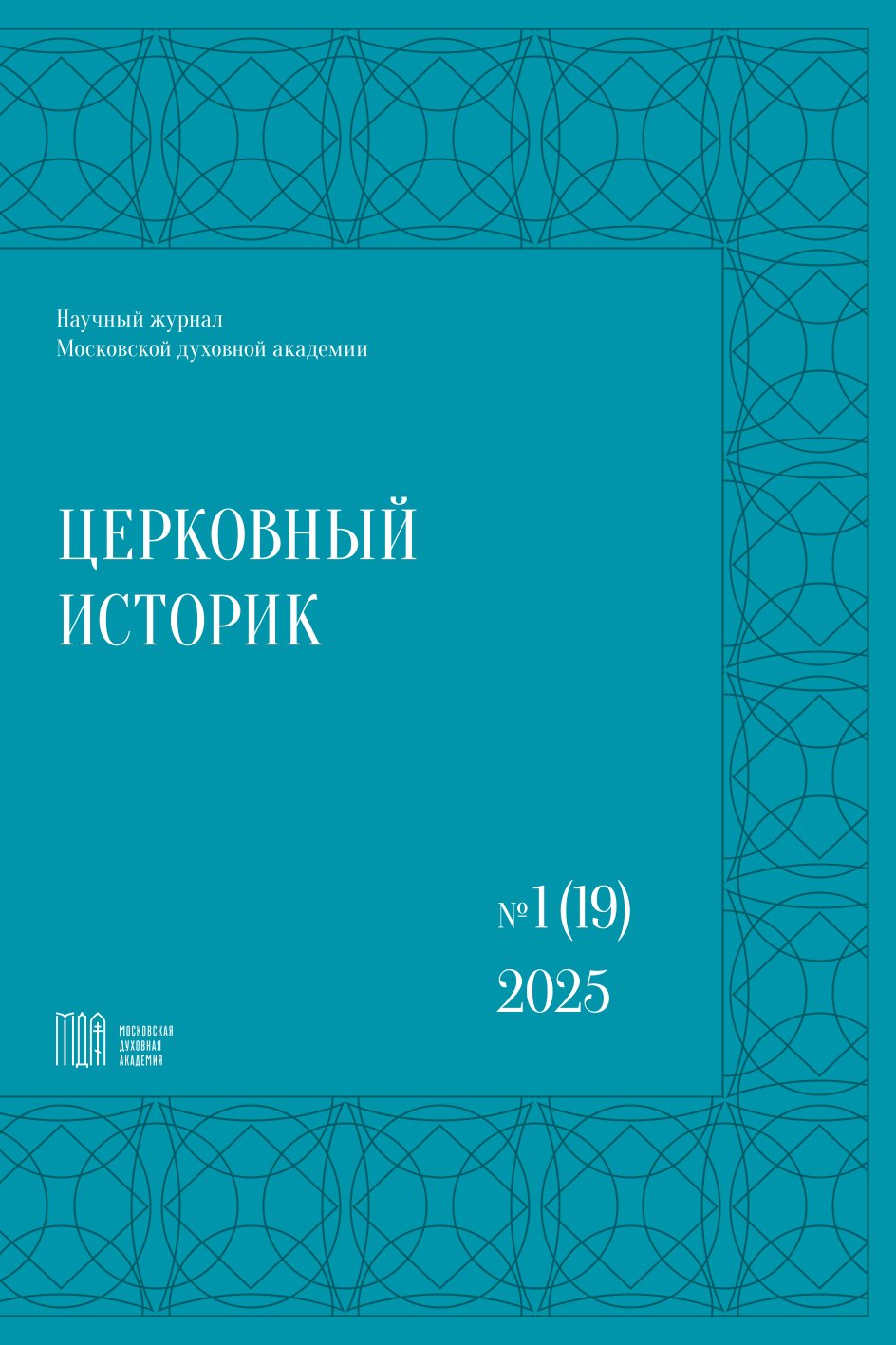Features of the development of Russian monasticism and monasteries in the XIV century
DOI:
https://doi.org/10.31802/CH.2025.1.19.002Keywords:
Russian monasticism, monasteries, history of the Russian Orthodox Church, Sergius of Radonezh, Kirill Belozersky, Dionysius of SuzdalAbstract
The article is devoted to the study of the peculiarities of the development of Russian monasticism and monasteries in the 14th century. The role of St. Peter is shown. St. Sergius of Radonezh, St. Sergius of Radonezh. Kirill Belozersky and St. Peter the Great. Dionysius of Suzdal in the evolution of the character of monastic life in Russia. It is concluded that the monastic tradition of the 14th century is undergoing profound changes. In this regard, an important factor, in particular, was the introduction of a monastic cenobitic charter, following the example of the charter of the Jerusalem monasteries, with strict regulation of internal life, food, decoration, order, discipline, strong and significant authority, and the will of the abbot, who became the central figure of monastic life. This charter provided an opportunity for the most effective organization of large monastic communities, in which the brethren, due to their spiritual lack of experience, did not yet have the skills of self-control in order to lead a true ascetic lifestyle befitting a monk. The charter formed an environment in which the novice monk was given the opportunity to move most correctly along the path of monasticism. The monastery served not only as a monastic refuge from the temptations of the world, but also as an administrative, economic and intellectual center. This way of monastic life and the type of organization of the monastery have become decisive for Russian monasticism in the future, up to the present.
Downloads
References
Волоколамский патерик // Древнерусские патерики. М.: Наука, 1999.
Грамота суздальского архиепископа Дионисия Псковскому Снетогорскому монастырю о соблюдении правил иноческого общежития // Русская историческая библиотека. СПб.: Археографическая комиссия министерства Народного просвещения, 1880. Т. VI. С. 205–210.
Житие Кирилла Белозерского // Библиотека литературы Древней Руси. СПб.: Наука, 1999. Т. VII: Вторая половина XV в. С. 132–218.
Житие Сергия Радонежского // Памятники литературы Древней Руси: XIV — середина XV вв. М.: Художественная литература, 1981. С. 249–428.
Ответы митрополита Киприана игумену Афанасию // Русская историческая библиотека. СПб.: Археографическая комиссия министерства Народного просвещения, 1880. С. 244–270.
Борисов Н. С. И свеча бы не угасла. [О Сергии Радонежском]. -М.: Молодая гвардия, 1990.
Васиховская Н.С. Повседневная жизнь монашества Северо-Восточной Руси (середина XIV - начало XVI века) // Вестник Удмуртского университета. Серия История и филология. –Ижевск, 2019. Т. 29. № 1. С. 19–28.
Голубинский Е. Е. Преподобный Сергий Радонежский и созданная им Троицкая лавра. -М.: Типография А. И. Снегиревой в Сергиевом Посаде, 1892.
Клосс Б. М. Монашество в эпоху образования централизованного государства // Монашество и монастыри в России. XI–XX века: Исторические очерки. М.: Наука, 2005.
Кудрявцев М. История православного монашества в Северо-Восточной России со времен преподобного Сергия Радонежского. М., 1881.
Кучкин В. А. Сергий Радонежский и «Филофеевский крест» // Древнерусское искусство: Сергий Радонежский и художественная культура Москвы. СПб.: Дмитрий Буланин, 1998. С. 16–22.
Муравьев А. Н. Русская Фиваида на Севере. СПб., 1855.
Рассказ о смерти Пафнутия Боровского // Библиотека литературы Древней Руси. СПб.: Наука, 1999. Т. VII: Вторая половина XV века. С. 254–285.
Смолич И. К. Русское монашество: 988–1917 гг. М.: ПЭ, 1997.
Тихонравов Н. С. Древние жития Сергия Радонежского. М., 1892.
Федотов Г. П. Святые Древней Руси. М. 1990.
Gonneau P. La Maison de la Sainte Trinite. Un grand-monastere russe du Moyen-Age tardif (1345–1533). P. 1993.
Downloads
Published
How to Cite
Issue
Section
Categories
License

This work is licensed under a Creative Commons Attribution-ShareAlike 4.0 International License.







